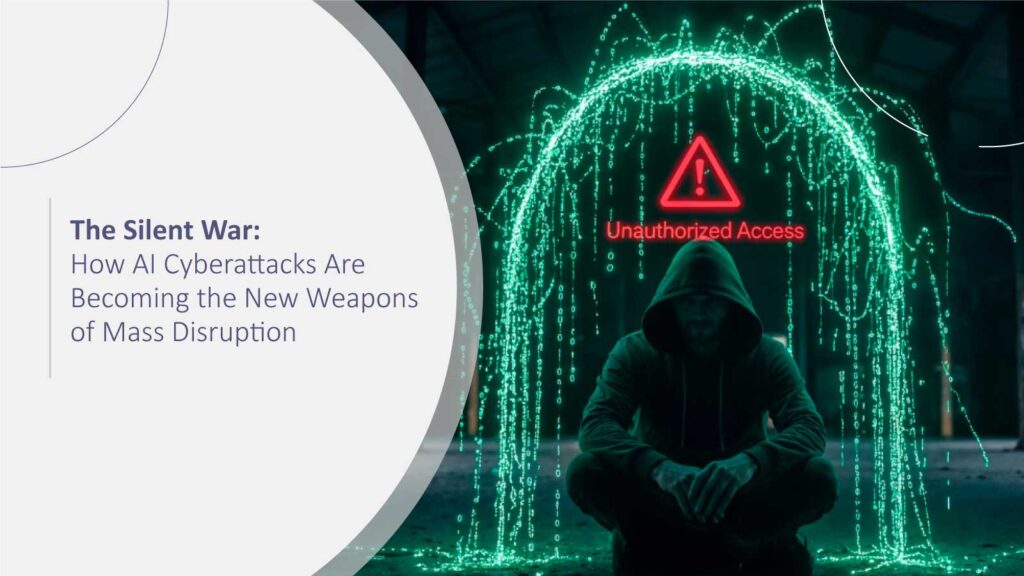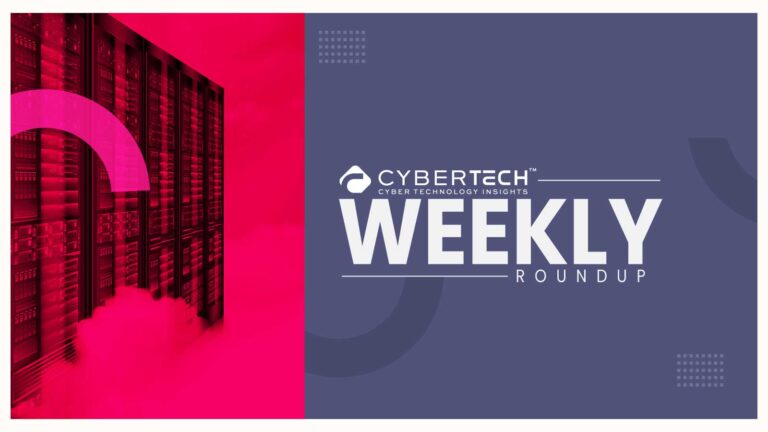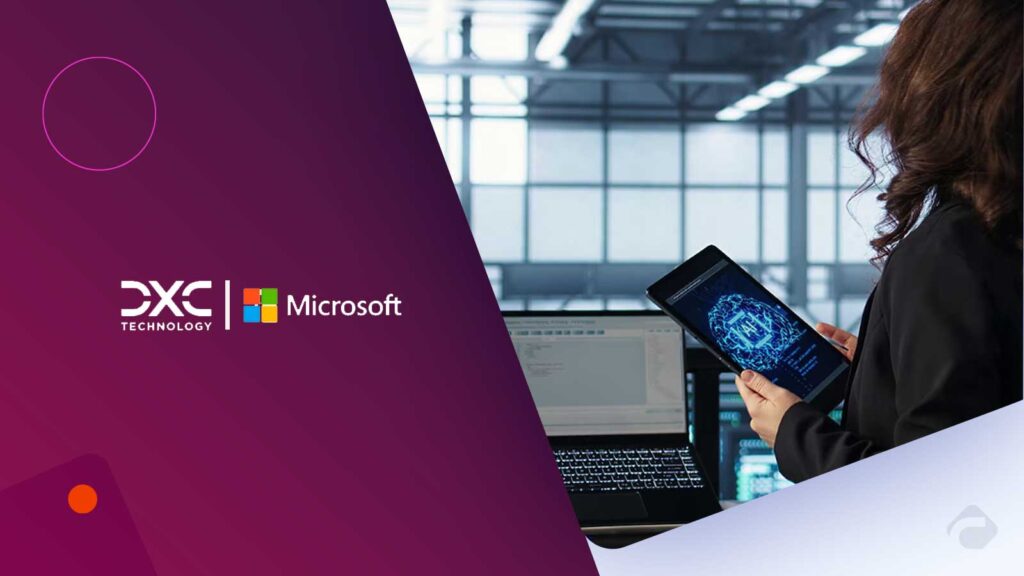Wars used to announce themselves with bomb explosions and sirens. Today, the most dangerous wars are silent, at least formally – they are transpiring through networks and algorithms. Artificial Intelligence (AI) is quickly becoming the new disruptor and new weapon of choice, as it studies its targets, changes course aggressively and quickly, and hits targets with precision. Unlike old-style hacks, AI doesn’t guess passwords – it studies behavior, imitates humans, and scales faster than organizations or systems can respond.
For professionals and businesses, the question is no longer “if,” it is when. A single AI attack can shut down supply chains, be in the millions, and impersonate executives enough to fool a whole team. The silent war is already underway, as it happens everywhere there is a network connection. The only question that remains is, when it arrives at your doorstep, will you be prepared?
AI in Cyber Warfare: Transition From Human Hackers to Machines
Cyberattacks are not a new phenomenon. Every organization (big or small) has likely faced the threat of phishing emails, viruses, denial-of-service attacks, and many, many more variations of information warfare. Cyberattacks aren’t new. Organizations have been experiencing threats, like phishing emails, viruses, denial-of-service attacks, etc., for decades. Now we are at an inflection point, where change is the potential scale and sophistication brought by AI. Hacks themselves have always been time-consuming and labor-intensive. They required time, coding skills, trial-and-error, etc. With AI, hackers can recognize paths and automate or facilitate every step of the hacking procedure, significantly changing the time required to execute a hack – weeks or days can become minutes.
Using phishing, for example. Gone are the days of the clumsy “Nigerian prince” phishing strategies of the early 2000s. Now, using analytics from natural language processing (NLP), a hacker can send you an email that mimics your boss’s email voice, send it to your actual client using the documents from their office that are available online, or even recreate an email in your style. These new Phishing emails are not only much more convincing as they are personalized, but they can be extremely difficult to detect.
Next, they have adaptive malware. Older iterations of malware had a static signature; therefore, they could be detected relatively easily by antivirus software. Adaptive versions powered by AI evolve. They are like chameleons that continuously adapt and are impossible to detect using traditional means. The systems do not even recognize new variations of the malware.
And there is also deepfake deception to contend with here. Just imagine – you are on a video call with your CFO who urgently asks you to wire transfer some funds. The image looks believable, the voice sounds believable – and both are computer-generated imagery. This is not science fiction. In 2019, a group of criminals used AI-generated audio to impersonate a CEO, which resulted in an organization wiring more than €200,000 to the criminals.
The real difference is that the world of cybercrime is not the realm of individual hackers working from their dark basements. Whereas once a hacker was limited by their skills, tools, and time, now the attacker can design cyber-attacks to operate at a global scale, which means targeting thousands of organizations simultaneously, but tailoring an individual attack on each organization, at scale, as if it were personal. This industrialisation of cybercrime represents a very serious risk, as the customer behaviours will first target machines and not people.
For organizations and professionals, the key point is clear now – preventing cyber threats and attacks is not restricted to completing training and updating firewalls. It is an acknowledgment that the threat is not really a person, but instead an ever-evolving algorithm that operates 24×7.
What is Behind the Power of AI-Driven Cyberattacks
The primary reasons AI attacks are so effective are not just speed; it is because of intelligence. Whereas traditional malware simply executes a task without thinking (like a script), AI learns from it, adapts it, and makes each subsequent attempt sharper than the previous failed attempt.
First, their scale. An AI can scan thousands of networks simultaneously. Finding weak points. They are capable of identifying many problems before human teams can ever respond. Secondly, personalization. They evaluate social media, emails, and all your digital remnants to create attacks that look tremendously real. An urgent message from your “manager” isn’t a coincidence; it is generated after studying your organization’s communication pattern.
Third, evasion. Old security programs look for a malware signature, but after study, they’re no longer detectable. Instead of staring at a new version, however, er each time the AI can each time reshape its layers and constantly change until the search stops because the defenders are unable to locate something that is no longer there. Finally, economy, with open-source models and inexpensive off-the-shelf tools, monetary capital is less of an issue; attackers no longer need to spend huge budgets to overwhelm the defenders with sophistication.
Simply put, AI doesn’t only undermine systems; it bends human connection to belief systems, and does slam the front door; it will patiently whisper, in familiar voices, until it is smooth and welcoming and has now opened the door from the inside!
The Global Stakes: AI as Weapons of Mass Disruption
AI-fueled cyberattacks shouldn’t be viewed as exclusively a corporate concern, as they present national security risks when algorithms are trained to strike at critical infrastructure, crippling it and potentially damaging the whole economy.
While the health sector is isolated from the impacts of machine learning and cyber attacks, it was targeted in the 2020 ransomware attacks, which brought U.S. hospitals to a standstill for weeks, delayed treatment, and forced staff to revert to the old pen-and-paper method.
The energy sector is also vulnerable with regard to hacking: the Colonial Pipeline attack in 2021 severed fuel supply to a large area of the East Coast for a period. Consumers soon ran out of petrol and gas, and panic set in. This was not merely a technical disruption. It revealed how quickly the effects of these attacks could disrupt and harm the lives of commuters and consumers.
NATO recognized this and has made cyberspace a defensive domain and invested in AI capability to monitor and defend. Regulators in the finance industry have warned that AI will lead to more serious fraud, which could damage the global economy as well.
What makes the “silent war” an appropriate description for what we are experiencing in the cyber domain is the fact that attacks do not destroy physical locations or infrastructure that are visible; they disrupt trust with markets and economies, delay the delivery of valuable services, and render economies weak from the inside.
The stakes we have as a global community also go beyond your national borders, as compromised networks can have broad-reaching effects that cascade across multiple industries and countries. As a result, AI in cyberwarfare is no longer exclusively viewed as an IT issue, but much more as a means of global distraction and disruption.
Defensive Counteraction: Will AI Fight AI?
If AI could supercharge cyberattacks, could it defend us as well? The answer is increasingly yes. Security teams are looking at AI, not just as a way to keep up. They see AI as a way to stay ahead and outsmart the machines that they work against.
One way is through AI-powered threat detection. A company like Darktrace or CrowdStrike will sit on the network and analyze millions of network signals in real time, trying to flag a potential threat. These tools will not only rely on “known” malware signatures. The tools laptop analyzing the user’s activity’s strange behavior: an employee who is starting to download data in large amounts at 3 a.m., where a leather chair is used to sit.
Another option of defense is an automated response system. AI can quarantine a compromised device when it detects suspicious behavior during a real-time scan, so the attack cannot spread to other devices. These tools aim to subvert a critical lag Time between realized detection and human response in the attack kill chain.
Finally, and even more relevant, AI is enabling the move to predictive defense. The AI models rely on patterns from other attacks from various industries to predict likely attack vectors and proactively harden the defenses before an attack occurs.
Of course, no system is perfect. But when you pit one algorithm against another, real-time speed and the capacity to adapt in-flight become paramount. Organizations that used to respond to attacks if they didn’t happen in the past are now adopting the same attitude when deploying AI-driven defensive controls. Our adversaries have made it all too clear–we must capitalise on and defend ourselves with our AI.
The Human Element: Why Humans Remain the Weakest Link (and Strongest Defense)
For every advanced AI cyberattack, one truth remains: people are still oftentimes the easiest target. Firewalls and algorithms have a way around them, but convincing someone to click a link or divulge something? That is still the most effective way, simply with tens of thousands of dollars of AI processing behind it.
Think of phishing. In earlier scams, the attackers were sometimes easy to identify because of poor grammar and awkward wording. Now, with the introduction of AI, models can create messages speaking exactly like your colleague, discussing a recent project you funded, and sent to you at the time you normally expect it. In the end, employees with extensive training (even if they read and spot it appearing to be a normal request) are still easily manipulated.
The exact things attackers look for in social engineering (trust, helpfulness, a sense of urgency) are also often the same things that make people the strongest defensive line. Workforces who are engaged to pause a second, think about things, and verify can break the attack chain of learning before it even begins. A simple phone call to confirm a work request could potentially prevent your organization from losing hundreds of thousands or millions in direct breach and future damage costs.
Therefore, organizations must refocus cybersecurity training from a checklist exercise in IT to a shared responsibility across all roles. Leaders must communicate openly in discussing risk, normalize asking “Does that just not look right?”, and identify and reward employees who see, or suspect, something wrong and report it.
Training also needs to change. Instead of boring slide deck training, use immersive simulations that “phish” employees, but use AI-generated phishing attempts. Experience is often fantastic preparation for the real thing. When people see firsthand how credible phishing attacks can be, their awareness changes from the abstract notion of risk to an instinctual gut feeling to pay attention to risk.
In the end, technology alone will not win the silent war. It is those humans, alert, informed, and empowered, who will ultimately close the gap created by AI-based attackers. In this way, the “weakest link” can become an unbreakable chain that keeps organizations resilient.
Conclusion: Converting Awareness and Action into Resilience
The emergence of AI-led cyber attacks represents a watershed moment for business and digital security. In these new forms of digital attacks, organized human criminals and nation states are not conducting random hacks–they have evolved to employ intelligence, adaptability, and scalability by bypassing machines and exploiting the judgment of human beings. Providers of proactive protection technologies are trying to warn their users about new threats to their organizations, but these warnings are not accompanied by sirens. Instead, they are laced “sneakily” into the email, their networks, and through their supply chain.
But this “silent war” can be waged and won. The bad actors are using the same technology and tactics that organizations are using to protect and defend. With the same technology driving disruptive innovation, there are advanced technologies to counter AI-led actors seeking to destroy organizations, and human levels of intervention of strategic excellence. Awareness, skepticism, and a desire to confirm and verify will often outsmart even the most sophisticated AI-generated con.
Ultimately, resilience is achieved through the combination of technology, culture, and human beings. Organizations that define cybersecurity as a shared accountability will arise, rather than an IT issue, and be best prepared when summoned by a different AI-type adversary banging on its digital door.
The question will not be if AI will change cyber warfare; it already has. The question is, will businesses and businesspeople adapt quickly enough?
FAQs
1. Summarize how AI cyberattacks are different from traditional hacks.
Traditional attacks generally involve the use of a static script or signature; therefore, traditional attacks are much easier to detect. In contrast, AI attacks are fluid and continuously adapt to their environment/target in real time; give the impression of human behavior; and can scale through globalization; therefore, with AI ransomware, it is exponentially more difficult to detect.
2. Are small and mid-sized businesses at risk?
Definitely. Bad actors know that small-sized organizations generally lack any meaningful levels of defense against attacks. With AI, a cybercriminal can initiate thousands of campaigns that target organizations simultaneously. Small and mid-sized businesses have the same level of exposure to attack -and sometimes a higher level of exposure than an enterprise or large organization.
3. Can AI help defend against an AI-driven attack?
Yes. Many modern security tools utilize machine learning in the form of anomaly detection, behavioral detection, and automated responses. Machine learning is able to make security determinations faster than humans and isolate the problem before it expands.
4. What role do employees play in cybersecurity?
People are always the first and last line of defense. Even with the best in AI defenses, one employee clicking a bad link can override all levels of security. Continual training and awareness, as well as organizational expectations around verification, are essential.
5. What businesses are taking on more risk?
Healthcare, energy, finance, and government are likely targets because an attack on any organization within those sectors creates immediate large impacts. Essentially, if a business is connected to the internet, it is fair to say it may be a target.
For deeper insights on agentic AI governance, identity controls, and real‑world breach data, visit Cyber Tech Insights.
To participate in upcoming interviews, please reach out to our CyberTech Media Room at sudipto@intentamplify.com.




